Top 10 Emerging Experiential Marketing Trends to Use in 2024 and Beyond
Brands are much like individuals; they possess stories, rich histories, distinctive “personalities,” and meaningful relationships, particularly with their customers. These connections are forged through the varied experiences consumers have with a brand. Hence, marketing experts emphasize the significance of ensuring that every touch point contributes to the establishment of an enduring relationship with your brand’s target audience. One effective way to do this is through experiential marketing campaigns. Therefore, it’s crucial to stay attuned to the evolving experiential marketing trends in 2024. In this comprehensive post, we’re going to explore the top 10 experiential marketing trends that are shaping the future of brand engagement.
Let’s check out the top experiential marketing trends one by one!
 Top 10 Experiential Marketing
Top 10 Experiential Marketing  Trends in 2024
Trends in 2024
1.  Virtual and Hybrid
Virtual and Hybrid  Experiences
Experiences
In the dynamic landscape of experiential marketing, virtual and hybrid experiences have emerged as top trends, reshaping the way brands connect with their audiences. Virtual experiences leverage digital platforms to create immersive environments, allowing consumers to engage with a brand’s products or services from the comfort of their own space. This trend gained significant momentum, especially with the rise of remote interactions and the need for innovative solutions during global challenges like COVID-19.
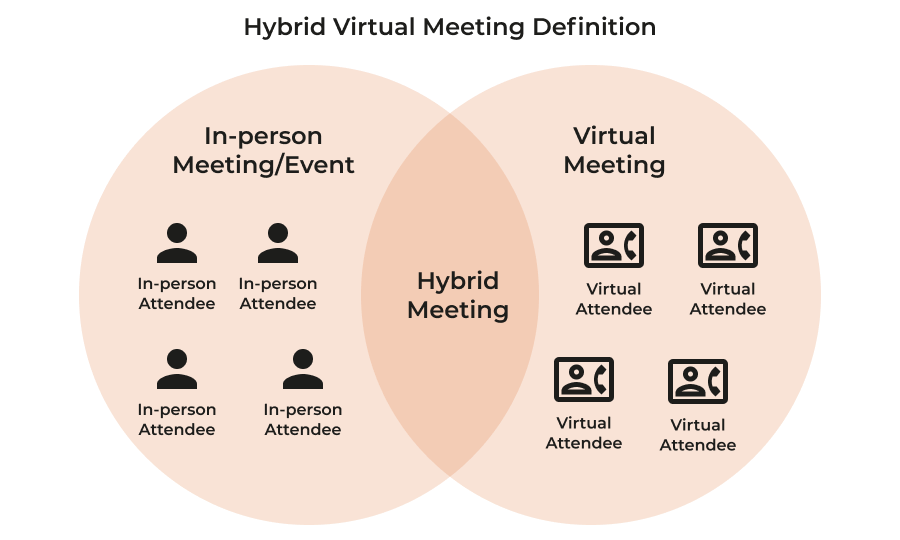
On the other hand, hybrid experiences seamlessly blend the physical and digital realms, offering a versatile approach that caters to both in-person and online audiences. Brands are leveraging cutting-edge technologies to create unified experiences that transcend traditional boundaries, enabling them to reach a broader and more diverse audience demographic. This approach not only accommodates the preferences of different consumer segments but also enhances the overall impact of marketing initiatives.
These experiential marketing trends have proven particularly effective in overcoming geographical constraints and adapting to the evolving preferences of modern consumers. By embracing virtual and hybrid experiences, brands can foster deeper connections, drive engagement, and leave a lasting impression on their target audience. As the experiential marketing landscape continues to evolve, incorporating these innovative approaches will be essential for brands looking to stay ahead and create memorable, multi-dimensional interactions with their consumers.
2.  Branded Art
Branded Art  Installations
Installations
Branded art installations have risen to prominence as a leading trend in experiential marketing, captivating audiences by seamlessly merging artistic expression with brand messaging. These installations go beyond traditional advertising methods, transforming spaces into immersive environments that engage the senses and spark meaningful interactions. The incorporation of branded art installations represents a strategic and visually stunning approach for brands aiming to create a lasting impact, stimulate conversation, and build a strong emotional bond with their target audience.

By leveraging the power of visual aesthetics and creativity, brands are able to tell their stories in a unique and memorable way. Branded art installations often serve as a powerful tool for conveying brand values, fostering emotional connections, and creating a lasting impact on consumers. These installations can take various forms, from large-scale sculptures to interactive multimedia exhibits, offering a dynamic and shareable experience for attendees.
Branded art installations align with the growing consumer demand for authenticity and meaningful brand experiences. It allows brands to communicate their identity in a non-intrusive yet compelling manner, fostering a sense of connection that goes beyond traditional marketing approaches. This immersive form of storytelling enables brands to stand out in crowded markets, leaving a lasting impression on their audience and generating buzz both online and offline.
3. Evolution of Pop-Up Shops
The evolution of pop-up shops has emerged as one of the leading experiential marketing trends, transforming the traditional retail landscape into dynamic, immersive brand experiences. Originally conceived as temporary retail spaces, pop-up shops have evolved beyond mere transactions, becoming powerful tools for engagement, brand storytelling, and community building. Pop-up shops represent a strategic shift towards creating immersive brand moments that foster connections, drive brand loyalty, and leave a lasting impact on consumers in an ever-changing and competitive market.
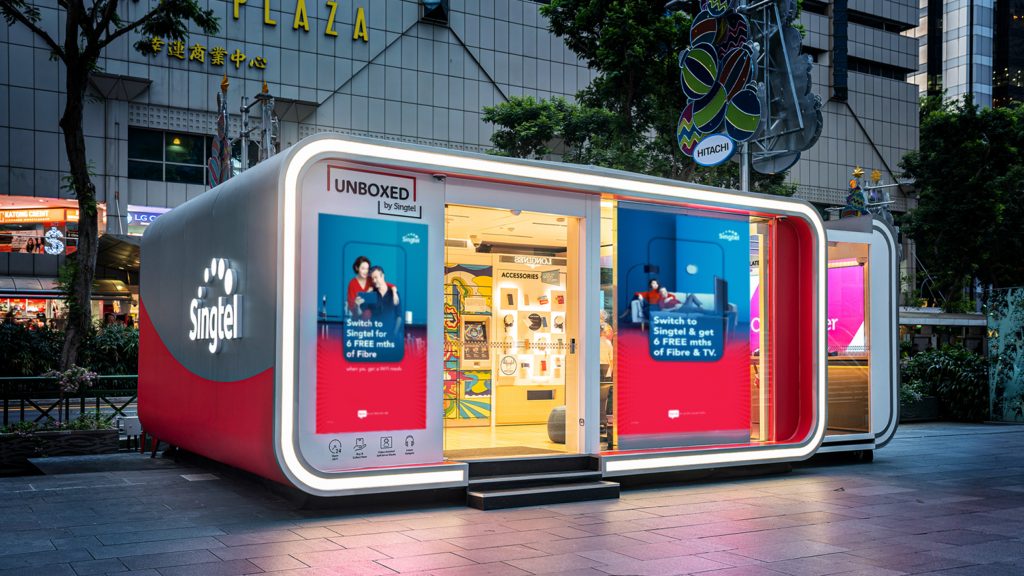
Unlike conventional retail stores, pop-up shops are designed to be transient, creating a sense of urgency and exclusivity. Brands leverage these spaces to connect with consumers in a more personal and memorable way, often incorporating interactive elements, unique themes, and limited-edition products. This experiential marketing strategy not only generates excitement but also cultivates a sense of discovery, encouraging consumers to actively participate in the brand experience. The evolution of pop-up shops aligns with the changing expectations of modern consumers, who seek more than just products; they crave meaningful and authentic interactions with brands.
These pop-up shop installations provide a platform for experimentation, allowing brands to test new concepts, launch products, and engage with their audience in unconventional settings. Furthermore, the rise of online-to-offline (O2O) strategies has enabled brands to seamlessly integrate their digital presence with physical pop-up experiences, creating a holistic and omnichannel approach. Social media amplification of these experiences also plays a pivotal role, extending the reach far beyond the physical location and creating a buzz that resonates with a broader audience.
4. Introduction of Dynamic Live Events
Dynamic live events have become a paramount trend in experiential marketing, reshaping the way brands engage with their target audiences. These events transcend the traditional boundaries of static presentations, offering immersive, interactive, and real-time experiences that captivate attendees and leave a lasting impression. The essence of live events lies in their ability to adapt and respond to the preferences and behaviours of the audience. Whether through virtual platforms or physical spaces, brands curate experiences that are not only visually and intellectually stimulating but also customizable and ensure a personalized connection with each participant.
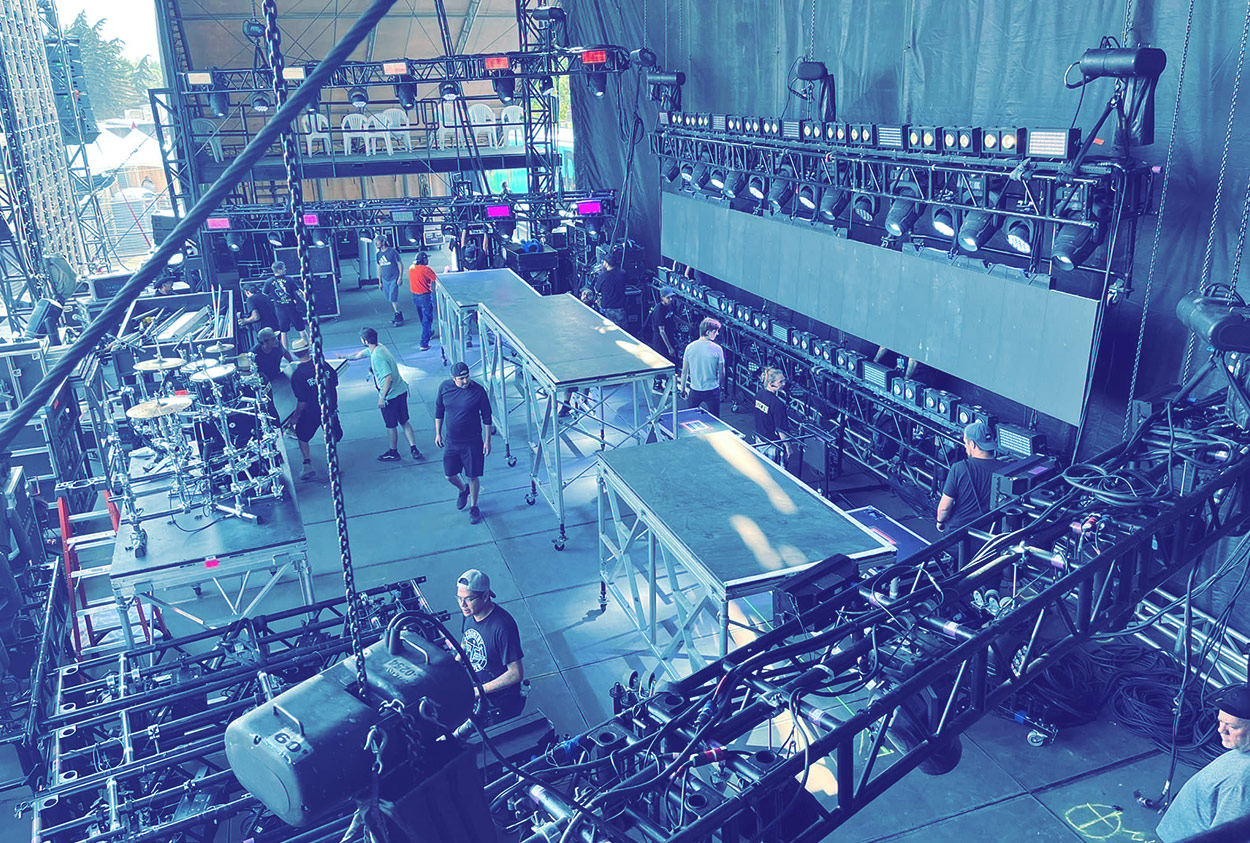
The dynamic nature of these live events allows brands to showcase their products or services in innovative ways, fostering a sense of excitement and exploration. By incorporating elements such as live performances, interactive installations, and real-time audience engagement, brands can create a vibrant atmosphere that resonates with diverse audience demographics. Moreover, the integration of technology plays a crucial role in enhancing the dynamism of these events. From live streaming to interactive social media engagement, brands leverage tech-driven elements to amplify the impact of their live events, reaching a global audience and creating a buzz both online and offline.
In a world where consumers seek authentic and engaging experiences, dynamic live events have become a strategic cornerstone of experiential marketing. By fostering genuine connections, driving participation, and embracing innovation, brands can leverage these live events to stand out in a crowded market and establish a meaningful presence in the hearts and minds of their audience. This trend has also gained significant traction as brands seek to create memorable moments that go beyond conventional marketing strategies.
5. Immersive Technologies: AR and VR
Augmented Reality (AR) and Virtual Reality (VR), have surged to the forefront as top experiential marketing trends, fundamentally transforming how brands connect with their audiences. AR and VR provide a gateway to unparalleled, immersive experiences that transcend the limitations of traditional marketing channels. Augmented Reality enhances the real-world environment by overlaying digital elements, creating interactive and engaging brand experiences. From AR-powered product demonstrations to location-based AR activations, brands can seamlessly integrate their offerings into the daily lives of consumers, fostering a deeper connection.
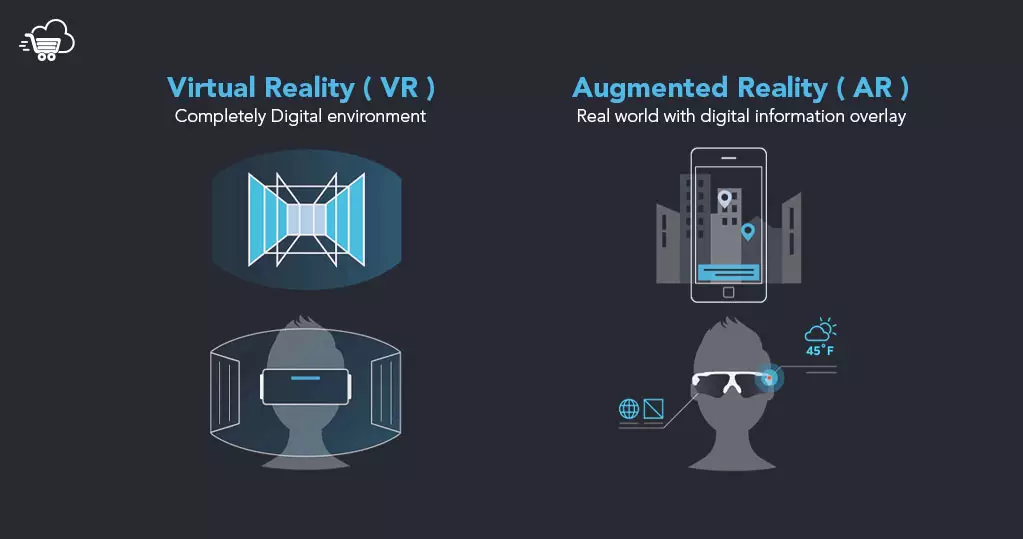
On the other hand, Virtual Reality immerses users in entirely virtual environments, transporting them to carefully crafted brand stories. VR facilitates a heightened level of engagement, allowing consumers to explore, interact, and experience products or services in a way that goes beyond the constraints of physical reality. This technology is particularly impactful in sectors such as travel, real estate, and retail, where it enables virtual try-ons, test drives, or property tours.
These immersive technologies provide brands with a unique opportunity to tell their stories in three-dimensional, interactive ways. Whether it’s showcasing products in a virtual showroom or offering customers a lifelike preview of experiences, AR and VR enable brands to leave a lasting impression on their audience. Additionally, the shareability of these experiences on social media platforms amplifies the reach, creating a ripple effect of engagement. The integration of AR and VR not only captivates audiences but also positions brands as innovators. By harnessing the power of AR and VR technologies, brands can create memorable and shareable experiences that resonate with modern consumers seeking authentic and cutting-edge interactions.
6. Storytelling As A Core Marketing Element
Storytelling has emerged as a fundamental and enduring trend in experiential marketing, elevating brand interactions from mere transactions to compelling narratives that resonate with audiences on a deep and emotional level. This trend recognizes the innate human connection to stories and leverages it to create immersive and memorable brand experiences. At its core, experiential marketing through storytelling involves weaving a narrative that goes beyond product features and benefits. Brands are crafting stories that reflect their values, mission, and the impact they aspire to make in the lives of their consumers. These narratives serve as a powerful tool for building brand identity and forging genuine connections.
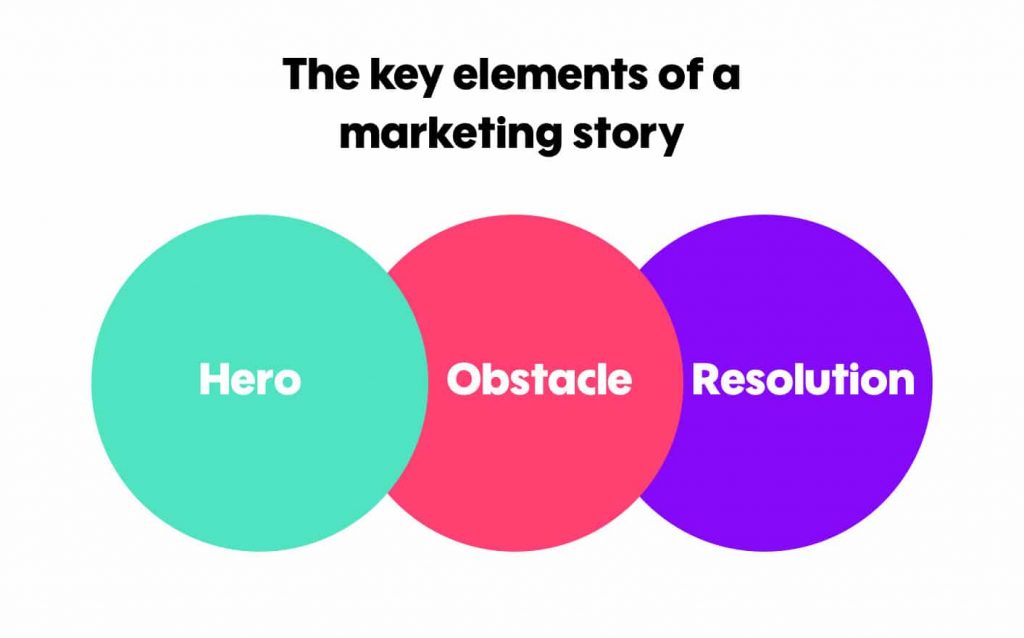
Whether through live events, interactive installations, or digital platforms, storytelling allows brands to engage with consumers in a more meaningful way. By creating experiences that unfold like a narrative arc, brands capture attention, evoke emotions, and leave a lasting imprint. This approach not only captivates the audience in the moment but also fosters a sense of loyalty and brand affinity over time. Moreover, in an era where authenticity and relatability are paramount, storytelling enables brands to communicate their message in a humanized and accessible manner. It transcends traditional marketing tactics by inviting consumers to be active participants in the brand narrative rather than passive observers.
As one of the top experiential marketing trends, storytelling serves as the foundation upon which brands build immersive, shareable, and impactful experiences. By embracing the art of storytelling, brands can create a narrative thread that connects with their audience, making the brand not just a product or service but a compelling and memorable part of their personal stories.
7. Gamification for Enhanced Engagement
Gamification has emerged as a powerful and interactive trend in experiential marketing, transforming brand interactions into engaging and entertaining experiences. By incorporating elements of games and competition into marketing strategies, brands captivate audiences, drive participation, and create memorable connections with consumers. The concept of gamification involves integrating game-like features, such as challenges, rewards, and interactive storytelling, into brand experiences. This approach not only adds an element of fun but also taps into the intrinsic human desire for competition and achievement. Brands leverage gamification to make their messages more dynamic, encouraging active participation from consumers.
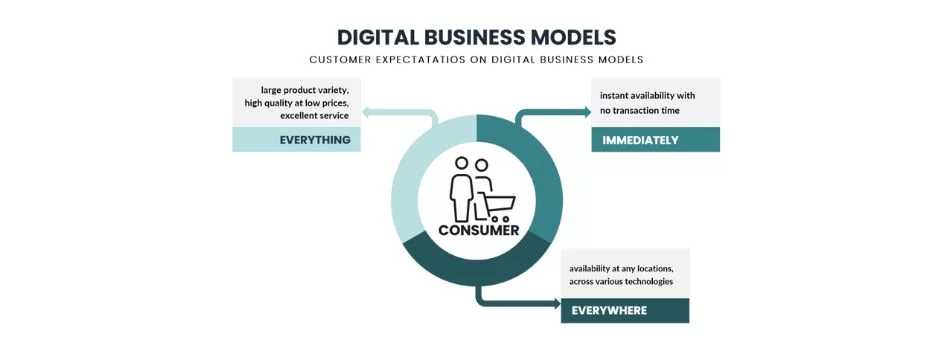
Whether through mobile apps, interactive installations, or social media campaigns, gamification encourages users to become active players in the brand narrative. Points, badges, leaderboards, and other game mechanics are employed to incentivize engagement and foster a sense of accomplishment. This not only keeps participants entertained but also creates a sense of community as users compete or collaborate to achieve common goals. The appeal of gamification lies in its ability to break down traditional barriers between brands and consumers. It transforms mundane activities into exciting challenges, making the brand experience more memorable and shareable.
Additionally, the data generated through gamification allows brands to gain valuable insights into consumer behaviour, preferences, and engagement patterns. As one of the emerging experiential marketing trends, gamification effectively addresses the evolving expectations of modern consumers, who seek interactive and entertaining content. By infusing elements of play into their strategies, brands can create immersive experiences that not only capture attention but also encourage long-term engagement and brand loyalty.
8. Strategic Social Media Integration
Social media integration has risen to prominence as a pivotal trend in experiential marketing, transforming the way brands connect with their audiences. Recognizing the penetrating influence of social platforms, brands strategically weave these channels into their experiential marketing campaigns to amplify reach, drive engagement, and create a seamless online-offline brand experience. This trend leverages the interactive and real-time nature of social media to enhance brand activations. From live event coverage to user-generated content campaigns, brands seamlessly integrate social media to extend the lifespan of their experiential marketing initiatives and foster a sense of community among their audience.

Experiential marketing with social media integration encourages consumers to become active participants in the brand narrative. Attendees share their experiences in real-time, utilizing event-specific hashtags, geotags, and multimedia content. This not only generates organic brand buzz but also provides brands with valuable, user-generated content that serves as authentic testimonials. Platforms like Instagram, Twitter, and TikTok play a crucial role in amplifying the impact of experiential marketing campaigns. Brands leverage these platforms to showcase behind-the-scenes moments, conduct live Q&A sessions, and even launch interactive challenges, turning the audience into co-creators of the brand experience.
Social media integration extends the reach far beyond the physical event, creating a digital ripple effect that resonates with a broader audience. In the contemporary landscape where consumers crave authentic, shareable content, social media integration has become an indispensable element of successful experiential marketing. By seamlessly connecting the physical and digital realms, brands can harness the power of social media platforms to create immersive, interactive, and highly shareable brand experiences that leave a lasting impression on their audience.
9. Artificial Intelligence in Event Planning
Artificial Intelligence (AI) has emerged as one of the cutting-edge experiential marketing trends, revolutionizing the event planning landscape and enhancing the overall attendee experience. From pre-event preparations to real-time engagement and post-event analysis, AI is seamlessly integrated into various aspects of event planning to optimize efficiency and create more personalized and engaging experiences. In the pre-event phase, AI algorithms analyze vast amounts of data to identify trends, preferences, and potential areas for customization. This allows event planners to tailor experiences based on attendee demographics, preferences, and behaviour, ensuring a more targeted and relevant event.
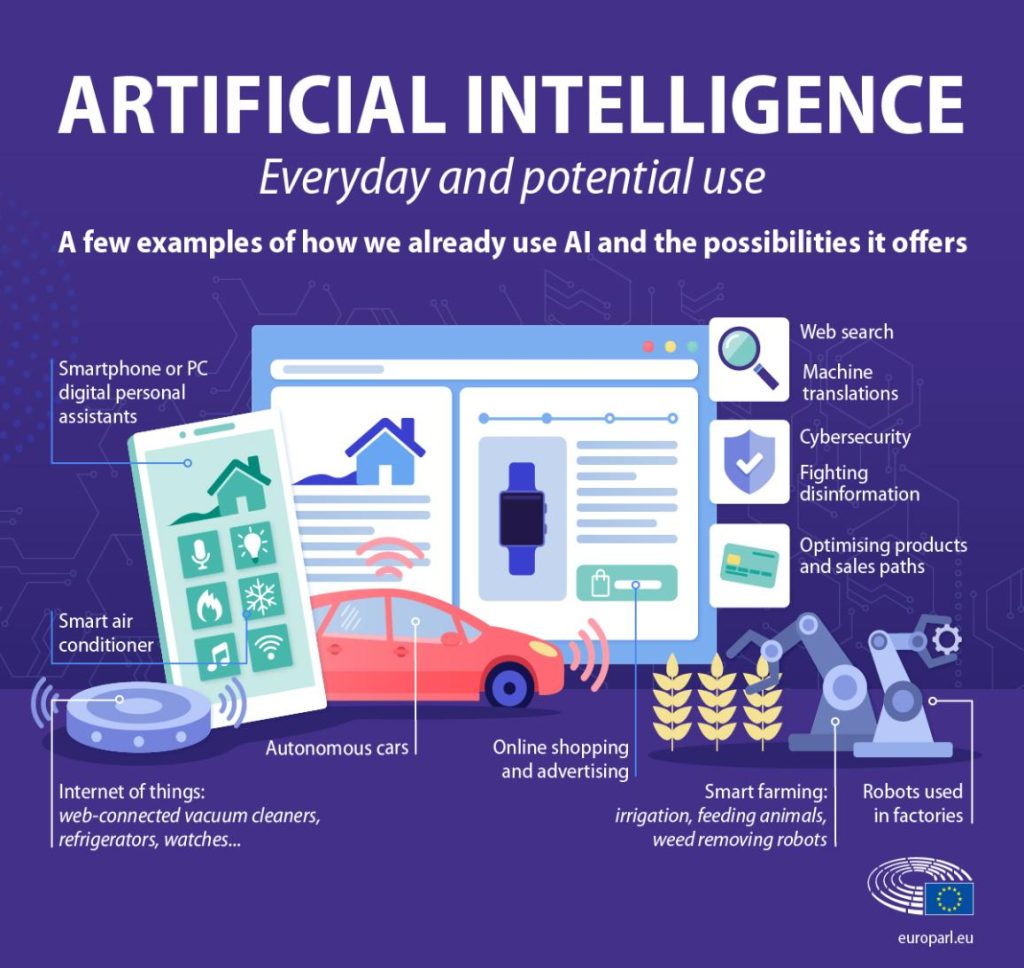
During events, AI-powered chatbots and virtual assistants provide real-time support and information to attendees, enhancing the overall guest experience. These intelligent systems can handle inquiries, guide participants through the event schedule, and even offer personalized recommendations based on individual preferences. Furthermore, AI contributes to post-event analysis by processing feedback, social media mentions, and other data sources. This enables event organizers to gain valuable insights into the success of the event, measure engagement levels, and identify areas for improvement in future experiences.
The integration of AI in event planning not only streamlines logistical processes but also adds a layer of personalization that resonates with modern consumers. By leveraging machine learning and predictive analytics, brands can create more adaptive and responsive events that cater to the unique preferences of each attendee, fostering a deeper connection and leaving a lasting impression. As AI continues to advance, its role in experiential marketing is expected to grow, providing innovative solutions that redefine how brands approach event planning and audience engagement.
10. The Advent of NFTs
NFTs (Non-Fungible Tokens) have rapidly emerged as a groundbreaking trend in experiential marketing, introducing a novel way for brands to engage with their audience and create unique digital experiences. NFTs, which are blockchain-based tokens representing ownership of digital assets, are transforming the digital landscape by providing a unique way for brands to offer exclusive and collectible content to their audience. In the realm of experiential marketing, brands are leveraging NFTs to tokenize one-of-a-kind experiences, content, or virtual products. This can include limited edition digital artwork, behind-the-scenes content, or exclusive access to virtual events. The scarcity and ownership facilitated by NFTs add a layer of exclusivity and authenticity to these offerings, creating a sense of value and rarity for the audience.
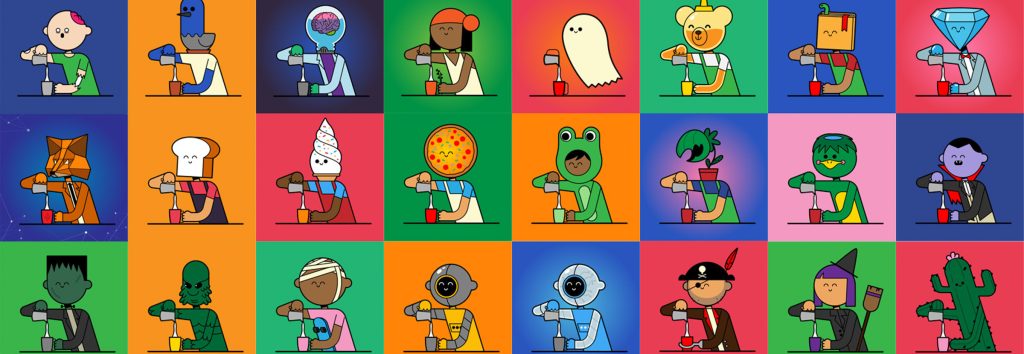
NFTs enable brands to engage with a tech-savvy and digitally native audience, tapping into the growing interest in blockchain technology and decentralized ownership. The transparent and secure nature of blockchain ensures the authenticity and provenance of digital assets, building trust among consumers. Moreover, the tradability of NFTs in secondary markets enhances the viral potential of experiential marketing campaigns. Fans and collectors can buy, sell, and trade these digital assets, creating a dynamic ecosystem around the brand’s offerings and potentially expanding the reach of the campaign beyond its initial audience.
As one of the booming experiential marketing trends, NFTs represent a paradigm shift in how brands create and share digital experiences. By embracing blockchain technology, brands can not only offer unique and memorable interactions but also pioneer new forms of digital ownership and engagement in the ever-evolving landscape of experiential marketing.
Conclusion
Experiential marketing is evolving to meet the demands of a dynamic and digitally connected world. From virtual experiences to NFT-focused marketing activities, brands are embracing innovative approaches to engage and resonate with their target audience. By staying attuned to these top 10 experiential marketing trends, marketers can ensure that their experiential marketing strategies remain relevant, impactful, and ahead of the curve in the ever-evolving arena of brand engagement.
Which of these experiential marketing trends sparks your excitement? Join the conversation and share your thoughts in the comments below!


 Top 10 Experiential Marketing
Top 10 Experiential Marketing  Trends in 2024
Trends in 2024 Virtual and Hybrid
Virtual and Hybrid  Experiences
Experiences Installations
Installations